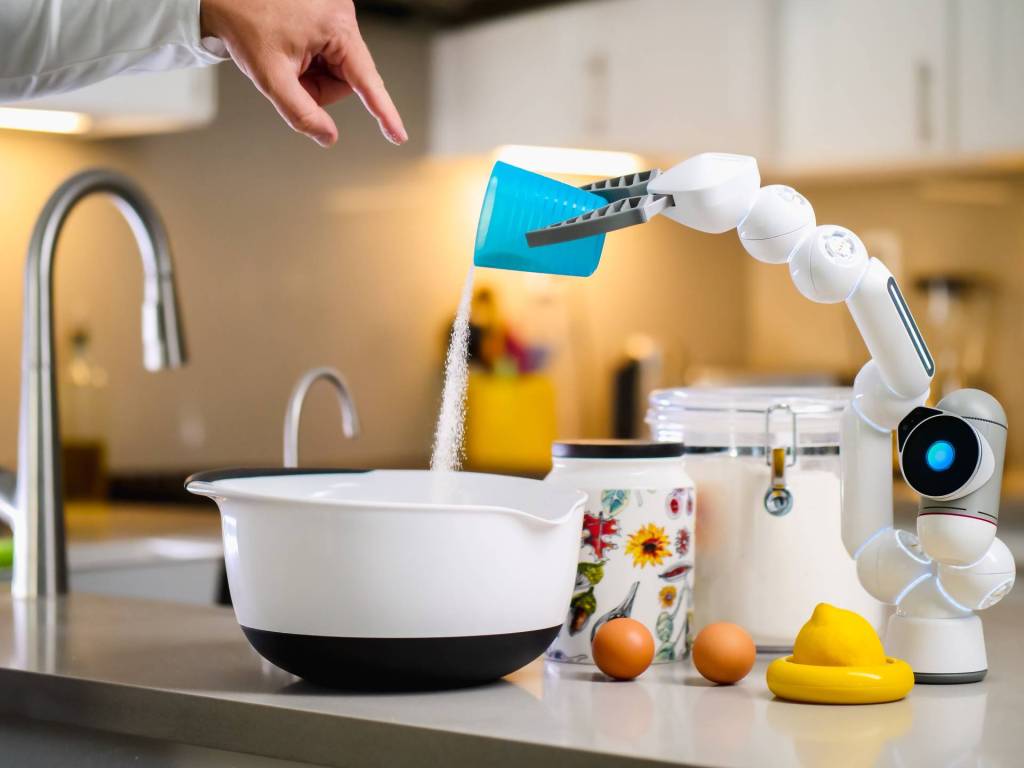Domestic robots have never been more popular than they are right now. Domestic robot sales are expected to expand from $4.3 billion in 2019 to $10 billion in 2023. However, smart city robotics is a lesser-known area where robots are being used.
Most households use domestic robots primarily for cleaning. This includes laundry management, vacuuming, window cleaning, lawn mowing, and other things. In addition, they are good for entertainment, like with social robots and toys.
They are also used for security, including surveillance robots and robotic nannies. These are just a few of the ways people are using robots in smart homes and smart cities. However, here are some of the more unexpected robotics applications in smart cities and homes:
Robotic Personal Trainers
The importance of personal health and wellness in the domestic environment is sometimes underestimated. A lack of physical activity correlates to a number of ailments and health issues. Somewhere around 40% of adults worldwide are overweight.
In addition, people who do not exercise have a never-ending series of reasons. The most common reason for not exercising regularly is a lack of time. And people who are hesitant to have personal trainers during a pandemic have ruled out that option as well.
Robotic fitness coaches may be the answer to all of these problems. Robots can supervise personalized fitness sessions with vocal reminders and mechanical motions to coach them through difficult exercises. The robot issues instructions every few minutes and provides directives to keep the exerciser from overworking themselves during the workout.
Furthermore, they take into account a client’s physical state and consider other intrinsic health factors. These include heart rate, bone and joint condition, injury history, and real-time pulse rate. Clients wear specialized trackers to record these details in real-time.
This information allows fitness robots to design all-encompassing workout regimens around the client’s body type, exercise ability, and other variables.
Personal Trainer Robots Helping the Shy
Fitness robots can even exchange jokes and anecdotes with clients to cheer them up after a tough workout. Similar to a traditional motivator, such devices can encourage clients before an activity. Additionally, they can reward them once they have completed it correctly.
People with low self-esteem and body image concerns may find the presence of a robot more pleasant and reassuring. In this way, robots have an advantage over human fitness professionals since they eliminate their clients’ nervousness and shame.
Robotics Helping People With Paralysis
Workout robots can also be beneficial to persons with paralysis. Wearable robots and exoskeleton devices help paralyzed people move their limbs more freely. Individuals with paralysis can actively engage in the design, research, and development phases of such systems.
Allerin Robotic Kitchens – A Lesser-known Application
Traditional kitchen cleaner robots are plentiful in smart cities today. However, this program intelligently automates all of your kitchen operations.
Cooking is the first of these kitchen tasks. Certain kitchen robots can program a menu of recipes to prepare using specified ingredients. The system can then add more meals to this digital menu over time.
So how does a kitchen robot cook food in the same manner as a professional chef? Kitchen robots are comprised of various devices in an IoT network.
For example, data goes from a smart fridge in the kitchen to a central robot. If all the ingredients are present, the central machine’s robotic arms extract the exact proportions of each from the refrigerator.
The arms of a smart robotic cook are programmed to learn and emulate top chefs’ cooking moves. Such machines can employ the proper batter-making techniques, apply appropriate amounts of pressure, or do other cooking-related duties.
The algorithms driving these machines look for patterns in the physical movement of these specialists. They mimic these patterns in a smart kitchen autonomously creating dishes. Furthermore, the robots can clean up after each cooking session and after the customers have completed their meals.
Robotic Companions
Companion robots do more than imitate human movement for entertainment. They also employ the human-robot interaction interface to provide care for the sick and old. This robotics application in smart cities combines several elements, including assistive, information, and communication technologies.
Robots use IoT, computer vision, and AI to help the elderly with everyday tasks. These include things like getting out of bed and providing medications at specific times.
The most important duty that such devices fulfill is simply interacting with the elderly. Many older people around the world endure social isolation which can also lead to other mental diseases. Therefore, companion robots may chat, text messages, read stories, email them, or play their favorite music.
The machine-learning aspects in such devices closely analyze such persons’ daily activities without invading their privacy. This functionality allows these devices to detect things like suicidal thoughts.
As these technologies advance, smart city robotics will continue to find answers to domestic concerns, improving the lives of residents.
Image Credit: Kindel Media; Pexels; Thank you!













